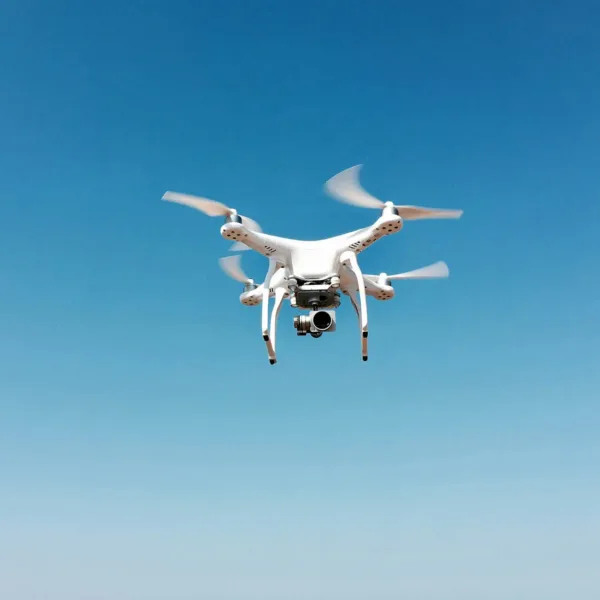
The Federal Aviation Administration (FAA) has made a significant advancement in the certification process for electric vertical take-off and landing (eVTOL) aircraft, in collaboration with the European Union Aviation Safety Agency (EASA). This collaboration is a vital step towards aligning aviation rulemaking and policy initiatives between the United States and the European Union, ensuring the safety of the flying public globally.
Key points from the FAA’s advisory circular AC 21.17-4 include:
- Guidance for Certification: The advisory circular provides guidelines for the type production and airworthiness certification of powered-lift aircraft, which include eVTOLs. It establishes criteria for compliance with the Federal Aviation Regulations, specifically for aircraft that do not yet have established airworthiness standards.
- Powered-Lift Definition and Characteristics: Powered-lift aircraft are defined as heavier-than-air vehicles capable of vertical takeoff and landing, and low-speed flight, primarily relying on engine-driven lift devices. They can function both as rotorcraft for takeoff and landing and as airplanes during cruise flight, offering increased speeds and duration compared to traditional rotorcraft.
- Airworthiness Criteria: The circular includes performance-based safety objectives for the type certification of eVTOLs, incorporating standards from various parts of the Federal Aviation Regulations. It allows for an efficient certification path by providing a set of design criteria that, if followed, do not require separate public notices for each project.
- Certification Levels and Performance Requirements: The advisory circular introduces a graduated scale of compliance standards based on the aircraft’s size and intended operation. It offers essential and increased performance approval options, with stricter requirements for passenger-carrying operations intended for hire or compensation.
- Applicability: These procedures apply to powered-lift aircraft with a maximum gross weight of 12,500 pounds or less, seating configurations for six passengers or fewer, and battery-powered electric engines.
This collaborative effort between the FAA and EASA marks a significant milestone in the development and integration of eVTOL technology, aiming to streamline the certification process and enhance the safety and efficiency of this innovative mode of transportation.
Soaring to new heights, together.
Be sure to visit the BWU Technology Partnerships Initiative website to learn more about how our NEOFIX program drives economic growth, promotes policy and infrastructure to improve drone safety and efficiency in various industries, and ensures that drone technology is being used responsibly.

